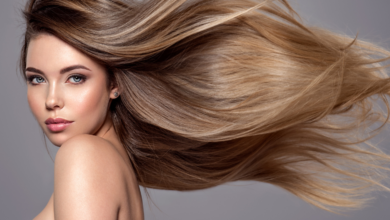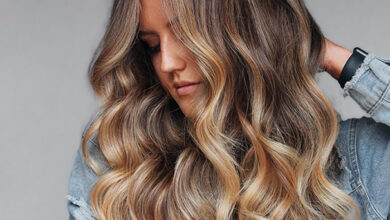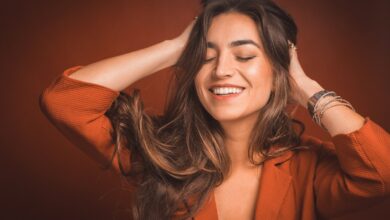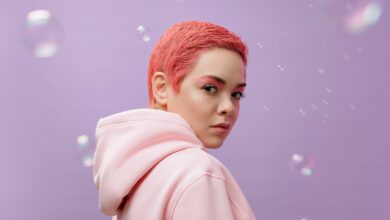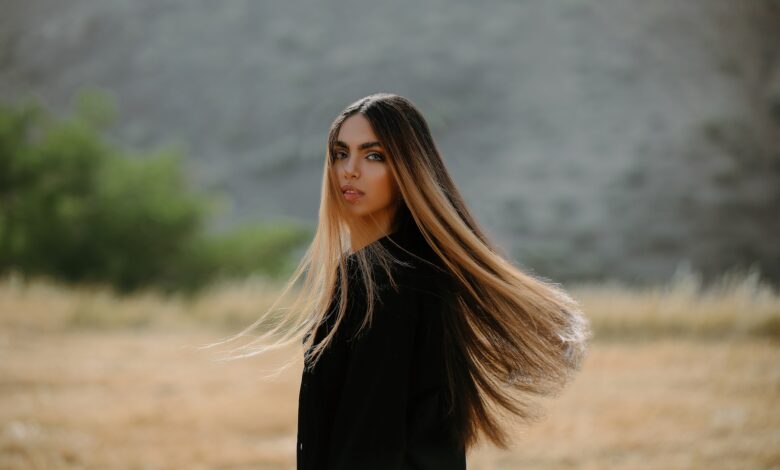
Are you ready to embark on a colorful journey for your hair? Stylish.ae invites you to explore the world of hair color styling, from radiant highlights to the artful technique of balayage. Get ready to discover the endless possibilities of transforming your locks into a vibrant expression of your personal style. Join us as we delve into the world of hair color trends and techniques that will leave you feeling inspired and excited to try something new. With Stylish.ae as your guide, you’ll be sure to find the perfect shade and technique that will make heads turn and have you feeling fabulous. So, let’s get started on this colorful adventure!
Highlights
Highlights are a popular hair coloring technique that involves adding lighter strands of color to your hair. This technique can be used to create dimension and add depth to your hair. Whether you want subtle sun-kissed highlights or bold streaks of color, the possibilities are endless. Highlights can be applied by using foils or by freehand painting the color onto the hair. This technique works well on all hair colors and lengths, making it a versatile option for anyone looking to add some dimension to their hair.
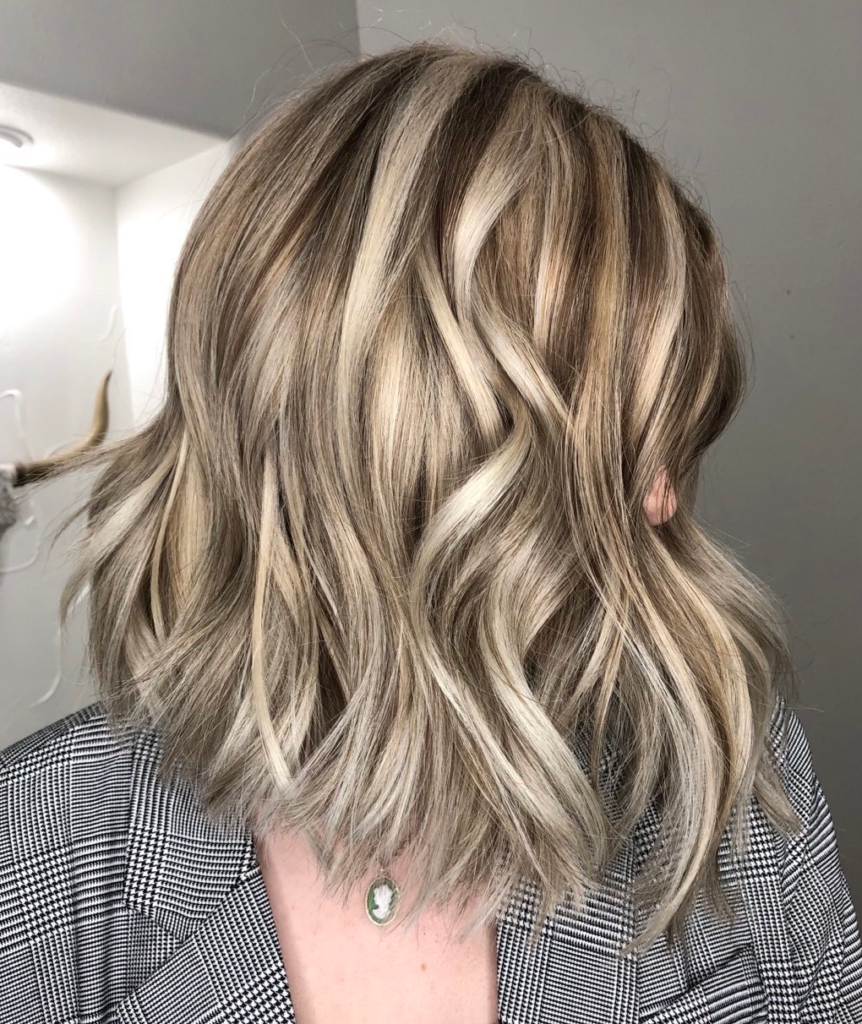
Lowlights
Lowlights are the opposite of highlights, as they involve adding darker strands of color to your hair. This technique can be used to create depth and create a more natural look. By adding lowlights, you can achieve a more multidimensional effect and make your hair appear thicker. Lowlights can be applied in the same way as highlights, either using foils or freehand painting. This technique is great for those who want to add dimension to their hair without going for a full-color change.

Ombre
Ombre is a popular hair coloring technique that involves a gradual transition from one color to another. Typically, this transition is from a darker color at the roots to a lighter color at the ends. The result is a bold and eye-catching look that is perfect for those who want to make a statement with their hair. Ombre can be customized to suit your individual style, with endless options for color combinations. Whether you want a subtle ombre or a dramatic contrast, this technique is sure to turn heads.
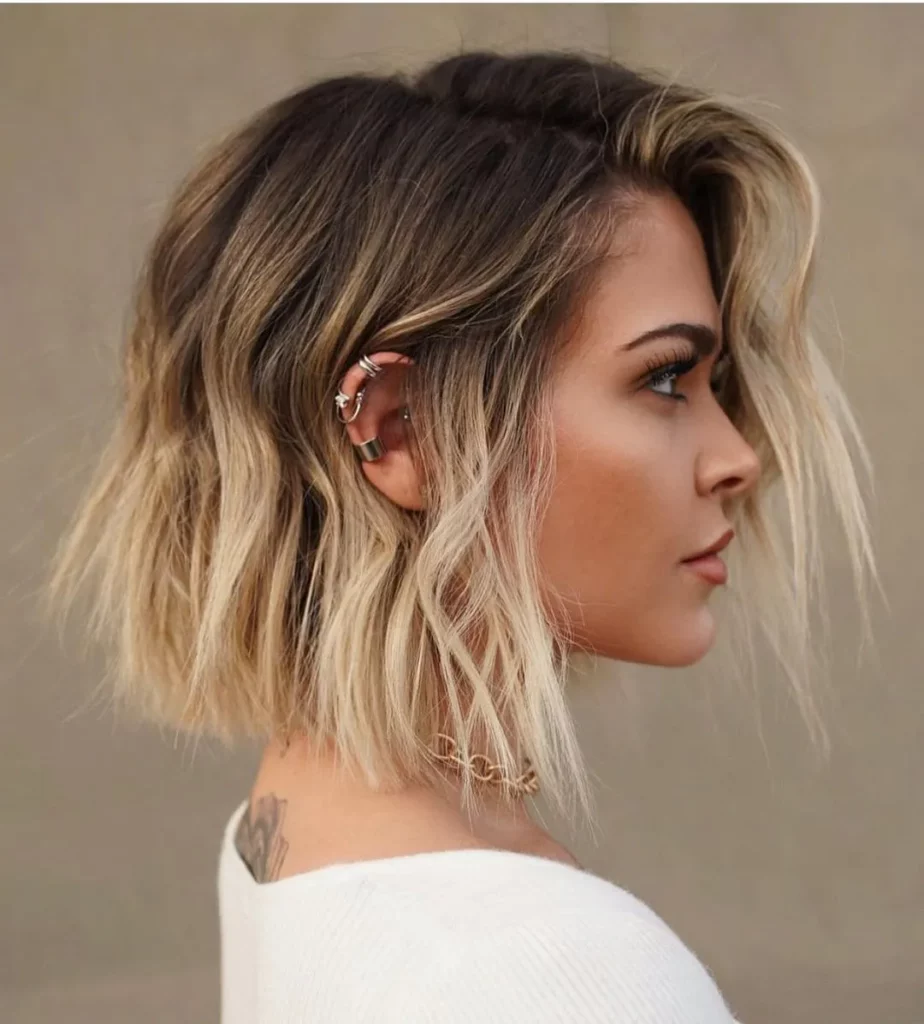
Two-Tone
Two-tone hair color involves using two different colors to create a striking contrast. This technique can be achieved by dividing your hair into two sections and applying a different color to each section. The result is a bold and unique look that is sure to make a statement. Two-tone hair color can be achieved using any combination of colors, from natural shades to bold and vibrant hues. This technique is a great way to express your individuality and show off your personal style.

Balayage
Balayage is a technique that involves freehand painting the color onto the hair, creating a natural and sun-kissed look. This technique is perfect for those who want a low-maintenance hair color that grows out gracefully. Balayage can be customized to suit your individual style, with endless options for color combinations. Whether you want a subtle and natural look or a bold and vibrant statement, balayage is a versatile technique that can be tailored to your preferences.
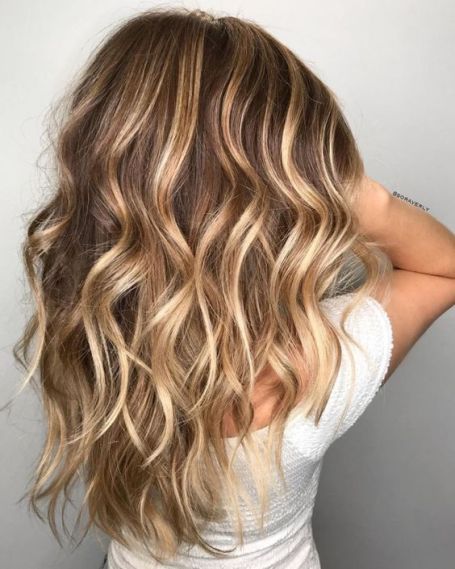
Babylights
Babylights are a subtle and natural-looking hair coloring technique that involves adding fine strands of color throughout the hair. This technique is designed to mimic the soft and delicate highlights that children often have. Babylights can be applied using foils or by freehand painting, depending on the desired effect. This technique is ideal for those who want a low-maintenance hair color that blends seamlessly with their natural hair.

Sombre
Sombre is a softer version of the ombre technique, with a more subtle transition between colors. This technique involves a gentle and gradual fade from a darker color at the roots to a lighter color at the ends. The result is a natural and effortlessly blended look that requires less maintenance than traditional ombre. Sombre is a great option for those who want a low-key hair color that still makes a statement.

Color Melt
Color melt is a hair coloring technique that involves seamlessly blending multiple colors together. This technique is achieved by using different shades of the same color family or by combining contrasting colors for a bold and vibrant effect. Color melt can be customized to suit your individual style, with endless options for color combinations. Whether you want a subtle and natural look or a dramatic and eye-catching style, color melt is a versatile technique that can be tailored to your preferences.
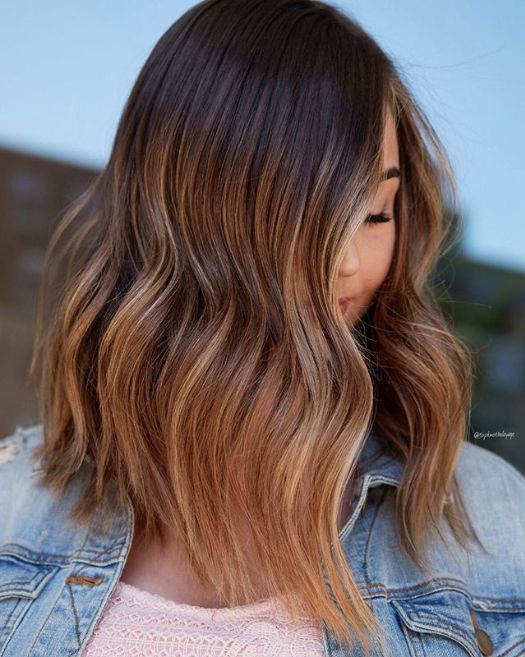
Shadow Root
Shadow root is a hair coloring technique that involves leaving the roots of the hair untouched or applying a darker color to the roots. This technique creates a shadow effect and adds depth and dimension to your hair. Shadow root is a great option for those who want a low-maintenance hair color that grows out gracefully. This technique can be customized to suit your individual style, with endless options for color combinations.

Root Smudge
Root smudge is a technique that involves blending the roots of the hair with the rest of the color. This technique creates a seamless transition and helps to blend any harsh lines or regrowth. Root smudge is a great option for those who want to extend the time between salon visits and maintain a natural and effortless look. This technique can be achieved using a variety of colors and can be tailored to your preferences.

Foiling Technique
The foiling technique is a popular method for applying highlights or lowlights to the hair. This technique involves sectioning the hair and applying color to small sections using foils. The foils help to isolate the colored strands from the rest of the hair and create a more precise and controlled application. The foiling technique is great for those who want a more defined and dramatic effect, as it allows for precise placement of the color.
Cap Technique
The cap technique is a method for applying color to the hair using a plastic cap with small holes. The cap is placed over the head, and the color is pulled through the holes using a hook. This technique is popular for creating a more natural and subtle look, as it allows for a more random distribution of color. The cap technique is great for those who want a low-maintenance hair color that grows out gracefully, as it creates a more blended and natural effect.
Balayage Technique
The balayage technique is a freehand painting method for applying color to the hair. This technique involves carefully painting the color onto the hair, creating a natural and sun-kissed look. The balayage technique allows for more customization and precision, as it allows the colorist to strategically place the color to create dimension and depth. This technique is great for those who want a low-maintenance hair color that requires less frequent touch-ups.
Sponging Technique
The sponging technique is a method for applying color to the hair using a sponge or brush. This technique involves saturating the sponge or brush with color and then dabbing or stroking it onto the hair. The sponging technique allows for a more diffuse and blended application of color, creating a softer and more natural look. This technique is great for those who want a low-maintenance hair color with a soft and blended effect.
Dip-Dyeing Technique
The dip-dyeing technique involves submerging the ends of the hair into a bowl of color, creating a distinct line of color between the dyed and natural hair. This technique creates a bold and statement-making look, as the contrast between the two colors is highly noticeable. The dip-dyeing technique is great for those who want a high-impact hair color that makes a statement. This technique can be achieved using any combination of colors, from natural shades to vibrant and bold hues.

Streaking Technique
The streaking technique involves adding bold and chunky sections of color to the hair. This technique creates a striking and eye-catching effect, as the color is applied in thick sections rather than blending into the rest of the hair. The streaking technique is great for those who want a dramatic and attention-grabbing hair color. This technique can be achieved using any combination of colors, from subtle shades to vibrant and bold hues.
Color Blocking Technique
The color blocking technique involves creating distinct blocks or sections of color in the hair. This technique creates a strong and graphic effect, as the color is applied in defined blocks rather than blending into the rest of the hair. The color blocking technique is great for those who want a high-impact and fashion-forward hair color. This technique can be achieved using any combination of colors, from natural shades to vibrant and bold hues.

Choosing the Right Hair Color
Choosing the right hair color is an important decision, as it can greatly impact your overall look and style. There are several factors to consider when selecting a hair color that will complement your features and suit your personal style.
Firstly, it is important to consider your skin tone. Warm skin tones often look best with hair colors that have golden or copper undertones, such as golden blonde or auburn. Cool skin tones, on the other hand, are complemented by hair colors with ashy or cool undertones, such as platinum blonde or ash brown. Determining your skin tone can help narrow down the hair color options that will look best on you.
Secondly, consider your eye color. The right hair color can enhance the color of your eyes and make them pop. For example, if you have blue eyes, hair colors with warm tones such as honey blonde or copper can help bring out the blue in your eyes. If you have brown or green eyes, hair colors with cool tones such as ash brown or platinum blonde can create a striking contrast.
Next, consider how the hair color will enhance your facial features. Certain hair colors can help soften or accentuate different facial features. For example, if you have a round face, a hair color with highlights or lowlights can create the illusion of more defined cheekbones. If you have a heart-shaped face, a hair color that is lighter around the jawline can help balance your features.
Lastly, consider how the hair color will harmonize with your natural hair color. If you are going for a drastic change in hair color, it is important to choose a shade that will complement your natural color. For example, if you have dark brown hair, transitioning to a light blonde may require several rounds of bleaching, which can be damaging to the hair. Choosing a hair color that is closer to your natural shade can help achieve a more seamless and natural-looking result.
Hair Color Maintenance
Once you have chosen the perfect hair color, it is important to take steps to maintain the vibrancy and health of your hair.
One important step in maintaining your hair color is using a color-protecting shampoo. Color-protecting shampoos are specially formulated to help preserve the color and prevent fading. These shampoos often contain ingredients that help seal the hair cuticle, keeping the color molecules locked in and preventing them from washing out. Using a color-protecting shampoo can help prolong the life of your hair color and keep it looking vibrant.
Another important tip for maintaining your hair color is to avoid heat styling tools as much as possible. Heat styling tools such as straighteners, curling irons, and blow dryers can cause the color to fade more quickly. If you must use heat styling tools, it is important to use a heat protectant spray to help shield your hair from the damaging effects of heat.
Conditioning regularly is also crucial for maintaining the health and vibrancy of your hair color. Color-treated hair can be more prone to dryness and damage, so using a deep conditioning treatment once a week can help restore moisture and keep your hair looking healthy and shiny. Additionally, using a leave-in conditioner or hair oil can help nourish and protect your hair color between washes.
Lastly, it is important to reduce sun exposure to help prevent your hair color from fading. UV rays from the sun can cause the hair color to bleach and fade, especially if you have lighter or more vibrant shades. If you are spending time outdoors, consider wearing a hat or using a leave-in UV protectant spray to shield your hair from the sun’s harmful rays.
By following these tips, you can help prolong the life and vibrancy of your hair color, keeping it looking fresh and beautiful.
Knowing the Hair Color Terms
When it comes to hair color, there are several terms you should be familiar with to better understand the color and techniques used.
Base color refers to the underlying color of your hair. This is the color that is visible when your hair is not colored or highlighted. Your base color can range from dark brown to light blonde, and it serves as the foundation for any additional color or highlights.
A toner is a semi-permanent or demi-permanent hair color that is used to neutralize or enhance certain tones in the hair. Toner is often used after bleaching or lightening the hair to achieve a desired shade or to correct unwanted brassiness or yellow tones.
Developer, also known as oxidizing agent, is a liquid or cream used to activate hair color or bleach. It helps open the hair cuticle and allows the color or bleach to penetrate the hair shaft. The volume of developer used can affect the level of lift or deposit achieved.
Bleaching is a process that involves using a chemical agent, usually bleach powder and developer, to remove or lighten the natural color of the hair. Bleaching is often used before applying vibrant or light hair colors, as it creates a blank canvas for the desired color.
Pre-lightening refers to the process of lightening the hair before applying a new color or toner. This is often done using bleach or a high-lift color to remove or lighten the existing color and create a lighter base for the desired shade.
Ashy refers to hair colors or tones that have cool, muted undertones. Ashy colors often have gray or silver undertones and are associated with a cooler color palette.
Warm refers to hair colors or tones that have warm, golden undertones. Warm colors often have red or orange undertones and are associated with a warmer color palette.
Cool-toned refers to hair colors or tones that have cool, blue or purple undertones. Cool-toned colors often have a more muted and subtle appearance and are associated with a cooler color palette.
Multi-dimensional refers to hair colors that have multiple shades or tones woven throughout. This technique creates depth and dimension in the hair by adding different shades or tones to create a more natural and blended look.
By understanding these hair color terms, you can better communicate your desired color and understand the techniques used by your colorist.
Coloring Techniques for Different Hair Lengths
Different hair lengths require different coloring techniques to achieve the desired look. Whether you have short, medium, or long hair, there are various coloring techniques that can enhance your style.
For short hair, highlights or lowlights can be strategically placed to create dimension and add depth. This can help create the illusion of more texture and movement in the hair. Additionally, color blocking or streaking techniques can be used to create bold and graphic effects. Short hair is also a great canvas for experimenting with bolder and more vibrant colors.
Medium hair offers more versatility when it comes to coloring techniques. Highlights or lowlights can be applied throughout the hair to create dimension and depth. Balayage or ombré techniques can also be used to create a natural and sun-kissed look. Medium hair allows for more color placement options, allowing you to create a customized and unique style.
Long hair provides endless possibilities for coloring techniques. Highlights or lowlights can be applied throughout the hair to create dimension and movement. Balayage or ombré techniques can be used to create a gradual transition from one color to another. Additionally, long hair is a great canvas for more intricate and detailed techniques such as color melting or babylights. Whether you want a subtle and natural look or a bold and statement-making style, long hair allows for endless creativity.
No matter the length of your hair, there is a coloring technique that can enhance your style and bring your vision to life. Consult with a professional colorist to determine the best technique for your hair length and desired look.
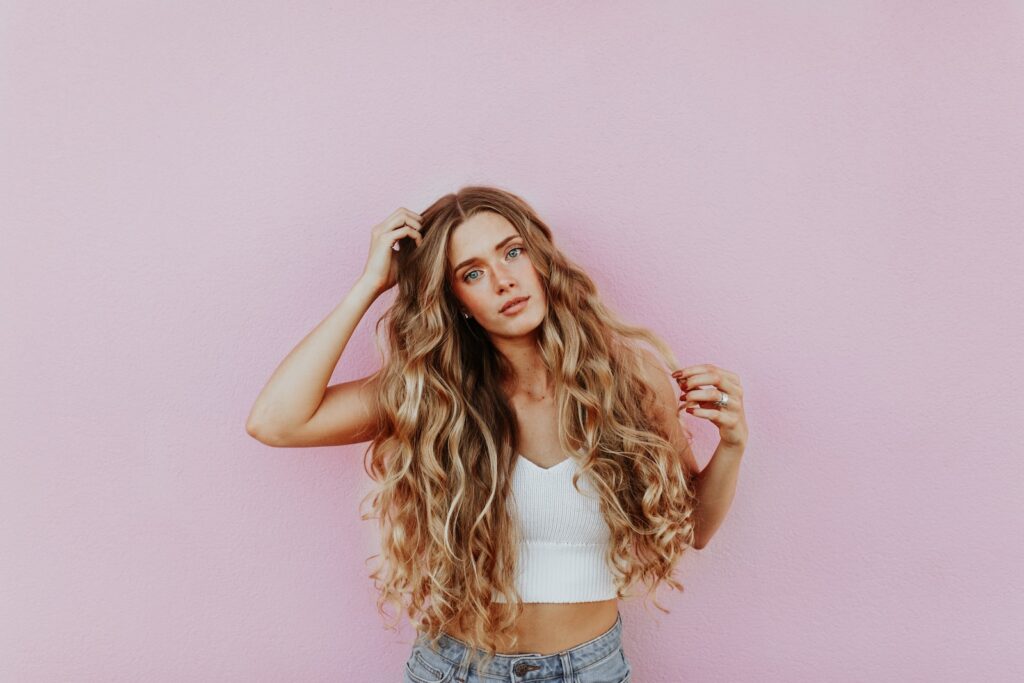
Popular Hair Colors
There are several popular hair colors that never go out of style. Whether you prefer a classic look or want to experiment with a more trendy hue, there is a hair color to suit your style.
Blonde hair is a timeless and versatile option that can range from icy platinum to golden honey. Blonde hair is associated with a fresh and youthful look and can be tailored to suit your skin tone and features. Blonde hair can be achieved using various techniques such as highlights, balayage, or full-color application.
Brunette hair offers a wide range of shades and options. From rich chocolate browns to warm chestnut hues, brunette hair can be customized to suit your style and preferences. Brunette hair is often associated with sophistication and can be enhanced with highlights, lowlights, or balayage for added dimension.
Red hair is a bold and eye-catching choice that can range from fiery copper to deep burgundy. Red hair is often associated with confidence and individuality and can make a striking statement. Red hair can be achieved using various techniques such as full-color application or highlights, depending on the desired intensity.

Black hair is a classic and timeless option that exudes elegance and sophistication. Black hair can range from jet black to deep ebony and can create a sleek and polished look. Black hair can be achieved using full-color application or by adding lowlights or highlights for added dimension.
Rainbow hair is a more unconventional and daring choice for those who want to make a bold statement. Rainbow hair involves using multiple colors to create a vibrant and eye-catching look. This can be achieved using techniques such as color blocking, streaking, or balayage. Rainbow hair allows for endless creativity and customization, making it a popular choice for those who want to express their individuality.

No matter the hair color you choose, it is important to consult with a professional colorist to ensure the best results and to maintain the health and integrity of your hair.
Hair Color Ideas by Season
Hair color can be a great way to change up your look and embrace the different seasons. From soft pastels in spring to deep, rich tones in winter, there are various hair color ideas to suit every season.
In spring, soft and delicate hair colors are popular choices. Pastel hues such as blush pink or lavender can create a fresh and feminine look. These colors can be applied using techniques such as balayage or babylights for a subtle and natural effect. Spring is a time of renewal and rejuvenation, and pastel hair colors can help reflect that.
Summer is the perfect time to embrace vibrant and bold hair colors. Bright shades such as coral, turquoise, or sunflower yellow can create a fun and playful look. These colors can be applied using techniques such as color blocking or dip-dyeing for a high-impact effect. Summer is a time of fun and adventure, and vibrant hair colors can help capture that spirit.
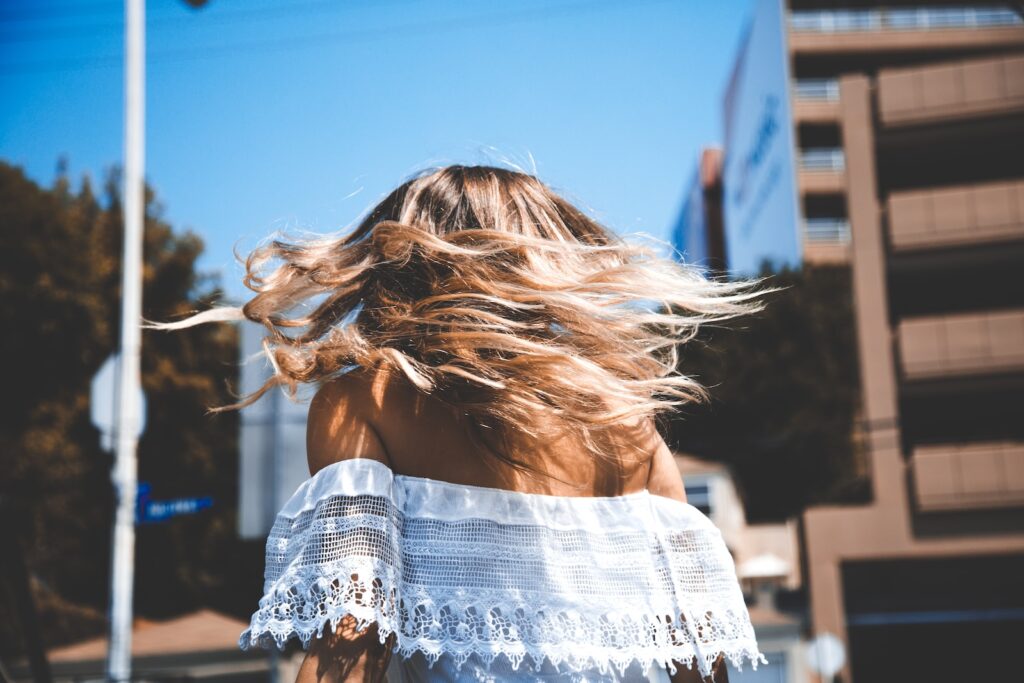
In autumn, rich and warm hair colors are popular choices. Deep shades such as cinnamon, chestnut, or auburn can create a cozy and rustic look. These colors can be applied using techniques such as lowlights or balayage for added depth and dimension. Autumn is a time of harvest and change, and warm hair colors can help reflect the beauty of the season.
Winter is the perfect time to embrace dark and dramatic hair colors. Deep shades such as jet black, deep navy, or rich plum can create a sophisticated and elegant look. These colors can be applied using techniques such as full-color application or lowlights for a luxurious effect. Winter is a time of reflection and warmth, and dark hair colors can help create a cozy and intimate vibe.
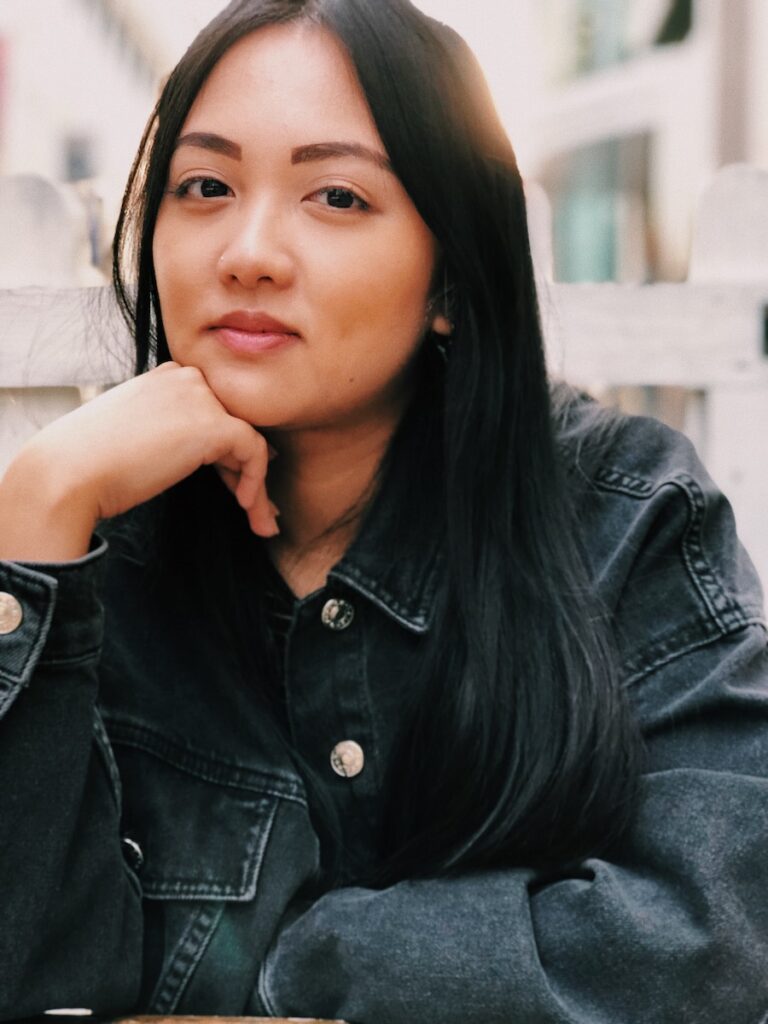
By considering the colors and tones associated with each season, you can choose a hair color that complements the mood and aesthetic of that time of year.
Hair Coloring at Home vs Salon
Deciding whether to color your hair at home or visit a salon can be a tough decision. Both options have their pros and cons, and it ultimately depends on your personal preferences and experience.
There are several benefits to getting your hair colored at a salon. Firstly, salon colorists are trained professionals who have experience in achieving the desired hair color and can provide personalized recommendations. They can assess your hair type, condition, and color history to determine the best technique and products for you. Additionally, salon coloring often includes services such as a professional consultation, scalp massage, and post-color treatments, creating a relaxing and pampering experience.
Salon coloring also ensures a higher level of expertise and precision. Colorists are trained to apply the color evenly and can help minimize potential damage or color mishaps. They have access to professional-grade products and tools that may not be available for home use, resulting in a more professional and long-lasting result. Furthermore, salon coloring allows for more complex techniques and customization, as colorists can create unique blends and placements based on your desired look.
On the other hand, there are some pros and cons to coloring your hair at home. One of the main advantages is cost-saving. Coloring your hair at home is generally more affordable than salon services, as you will not be paying for the expertise and additional services provided by a professional. Home coloring also allows for more flexibility and convenience, as you can do it at your own time and pace.
However, there are some cons to consider when coloring your hair at home. One major drawback is the potential for color mishaps and damage. Without the expertise and training of a professional, it can be challenging to achieve the desired color or to correct any mistakes. Home coloring kits often come with limited shade options and may not be able to deliver the same level of customization or precision as salon coloring. Additionally, home coloring may require more frequent touch-ups and maintenance, as the color may not last as long or fade more quickly.
If you decide to color your hair at home, there are some tips to keep in mind to achieve the best results. Firstly, always follow the instructions provided with the coloring kit and perform a patch test to check for any allergic reactions. It is also important to choose a shade that is close to your natural hair color to achieve a more seamless and natural-looking result. Additionally, be mindful of your hair type and condition, as certain hair types may require different products or techniques. Finally, if you are unsure or inexperienced, consider consulting with a professional colorist for guidance and recommendations.
Getting a Hair Color Consultation
Before undergoing a hair color transformation, it is important to schedule a consultation with a professional colorist. A consultation allows you to discuss your desired hair color, assess your hair type and condition, and determine the best course of action.
When consulting with a professional colorist, it is important to provide visual references to help communicate your desired hair color. This can include photos from magazines, social media, or even celebrities whose hair color you admire. Visual references can help the colorist understand the specific shades, tones, and placement you are looking for, ensuring a more accurate end result.
During the consultation, it is also important to discuss your lifestyle and hair maintenance routine. This includes discussing how often you wash your hair, your preferred styling methods, and any treatments or products you currently use. This information can help the colorist determine the best hair color and technique that will suit your lifestyle and require minimal maintenance.
Additionally, it is important to discuss any previous color treatments or chemical processes that have been done to your hair. This includes mentioning any previous hair dye, highlights, or treatments such as relaxers or perms. Previous treatments can affect the end result and may require additional steps or considerations. Being transparent about your hair history will help the colorist make informed decisions and prevent any potential color mishaps or damage.
Overall, a hair color consultation is a crucial step in the coloring process. It allows you to communicate your desired look, gather professional advice, and establish a plan for achieving your hair goals. By consulting with a professional colorist, you can ensure the best results and maintain the health and integrity of your hair.

